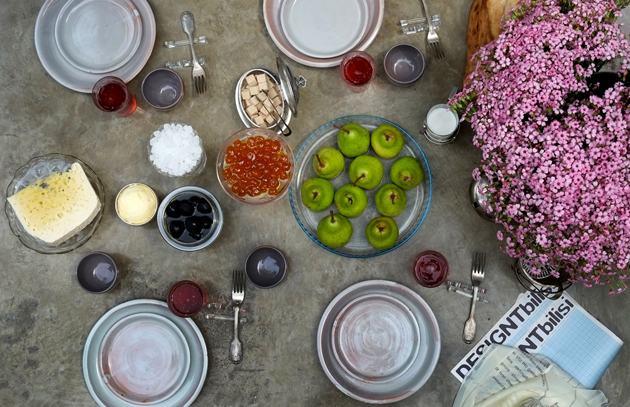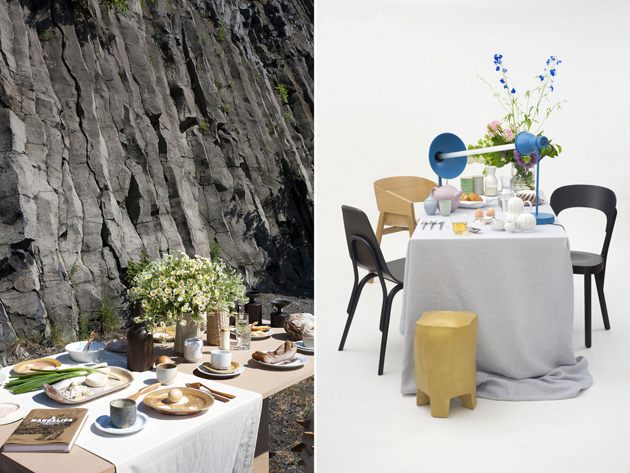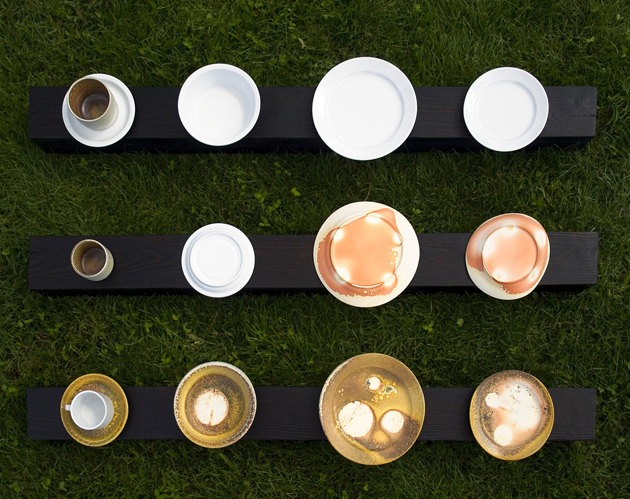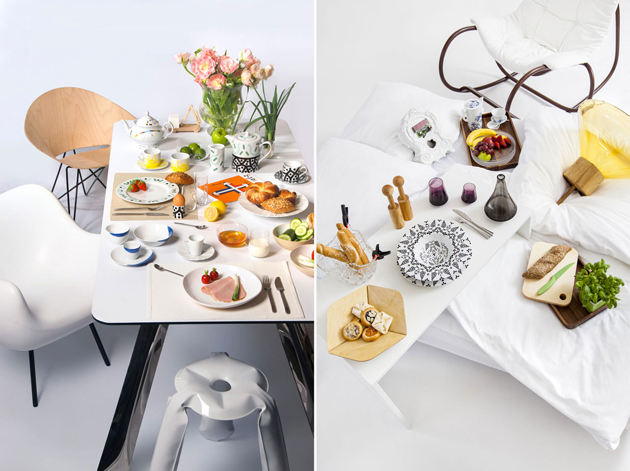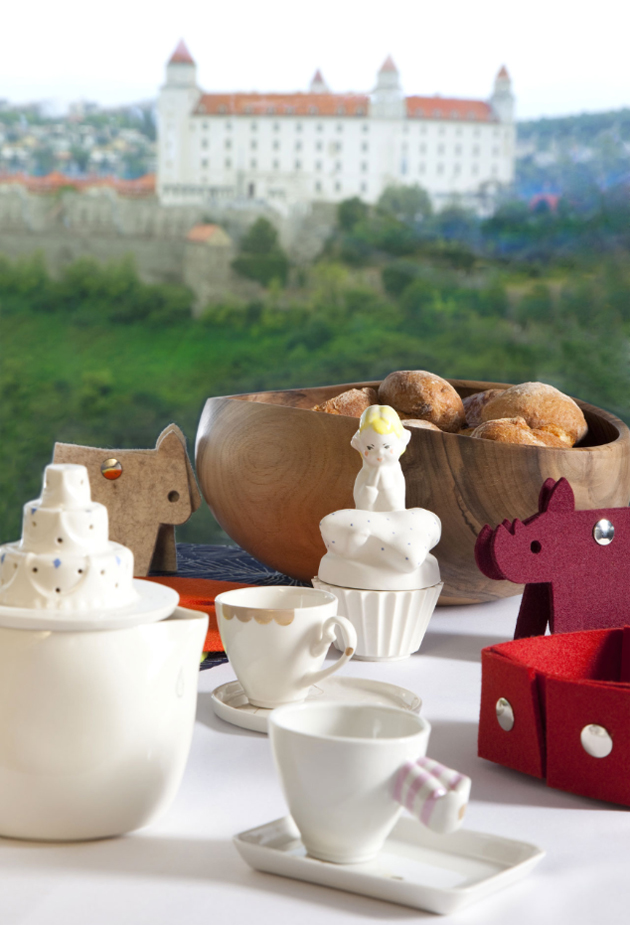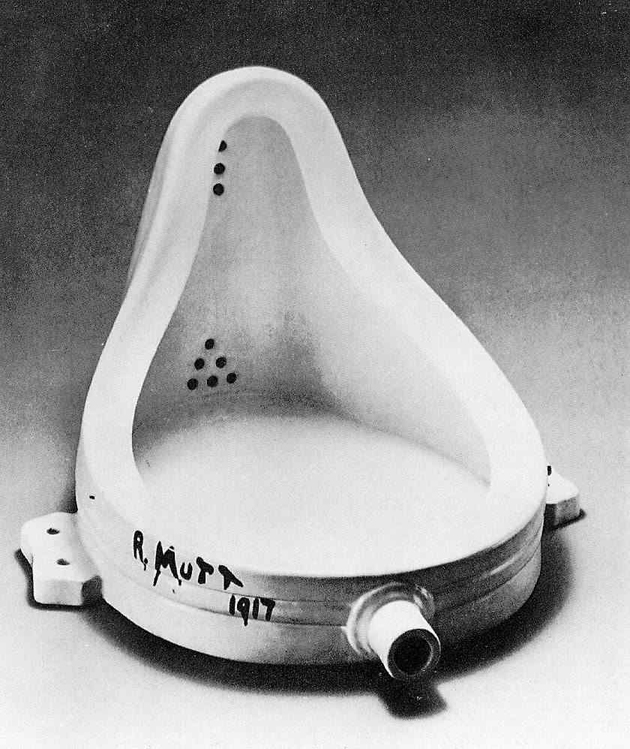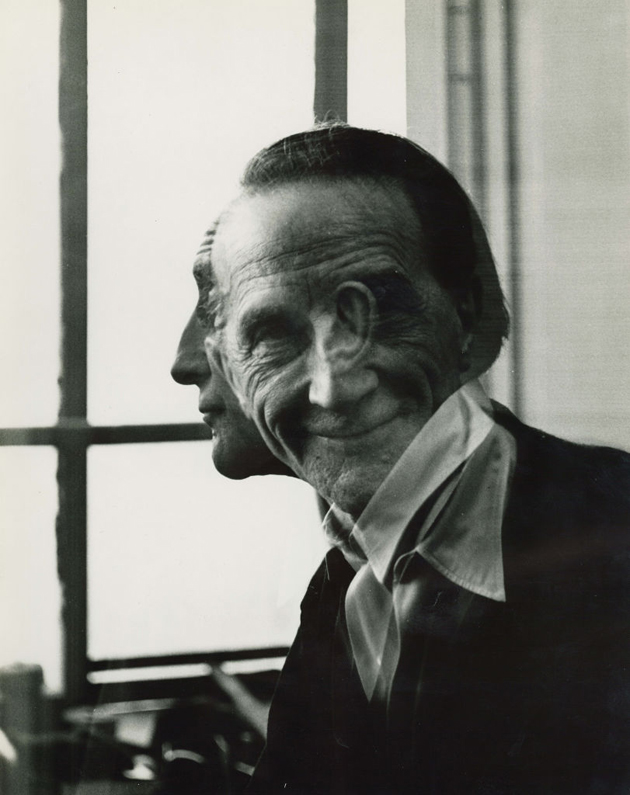The building stands in the district called centro storico, the old center of Milan. As we arrive on spot ten minutes before the appointment, we still have some time to appreciate the surrounding buildings from the last century. Ringing the bell with the name Albini on it, a female voice tells us to continue to the corridor, straight, until the door with the big windows and then take right. In this exact place, since 1970, Franco Albini, one of the most important architects and designers of Italian rationalism had established his studio.
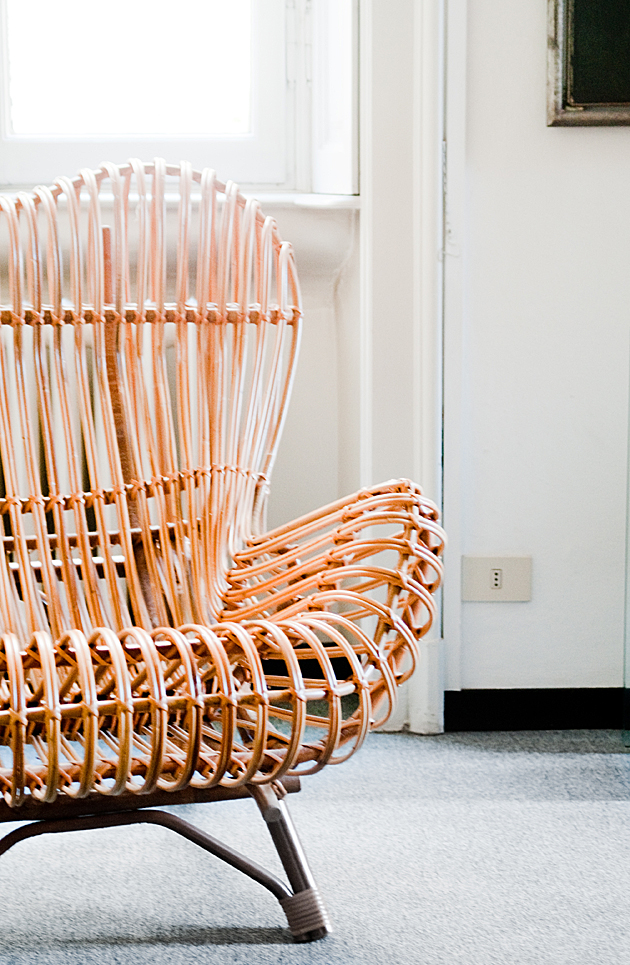
The studio is kept as it used to be, and now since few months it has been open for the public audience to experience the atmosphere and learn about the working methods used by this brilliant architect. We are kindly welcomed by his son Marco Albini and granddaughter Paola Albini, who are guiding the visit themselves. While introducing the ideas and the historical facts, their talk imperceptibly melts with their personal stories, creating a warm atmosphere.
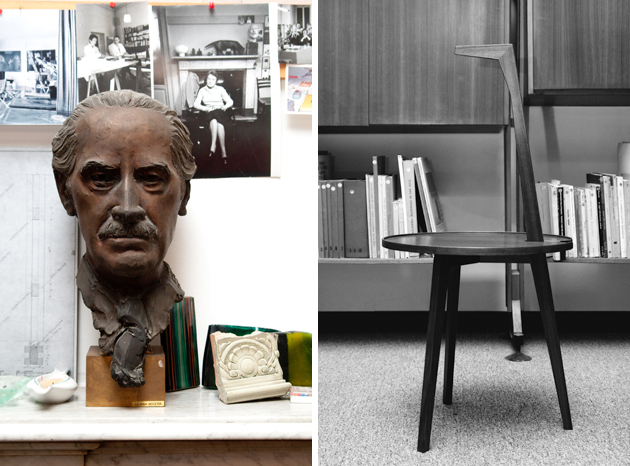
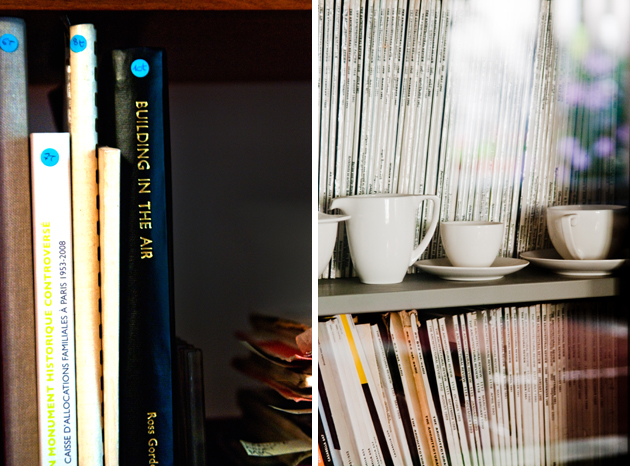
Trying to better understand each piece of design or architecture, it’s inevitable to discover the creative process as well. Especially in the work of Albini, who continued to improve his design objects according to the needs in the context of their times: the very idea of rationalism itself. For example, if a coffee table or a lamp can stand on three legs, why put a fourth one? “To question each little detail”, tells the architect’s son Marco Albini, “was my father’s working method – a belief that the good result is achieved only after a long and patient work.”
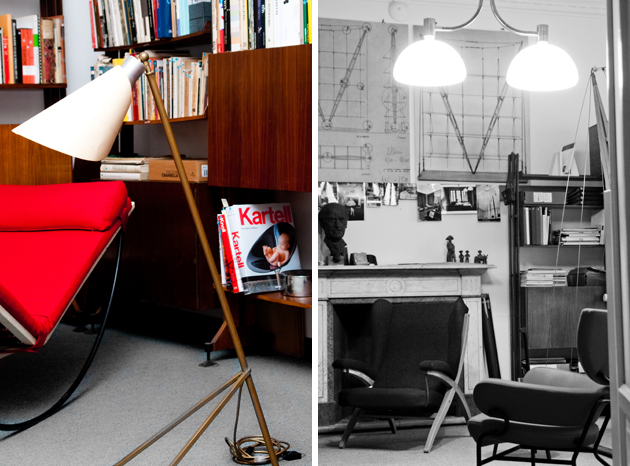
After exiting the place we feel like leaving behind a space where all the furniture, objects, tables and chairs are almost like levitating. One of the main approach of the work of Franco Albini was indeed to give every piece as much lightness as possible, leaving only the essential, the soul of each object. A good example is a famous bookshelf created for his home, in which he lets the books to almost float in the air and become more important than the design object itself.
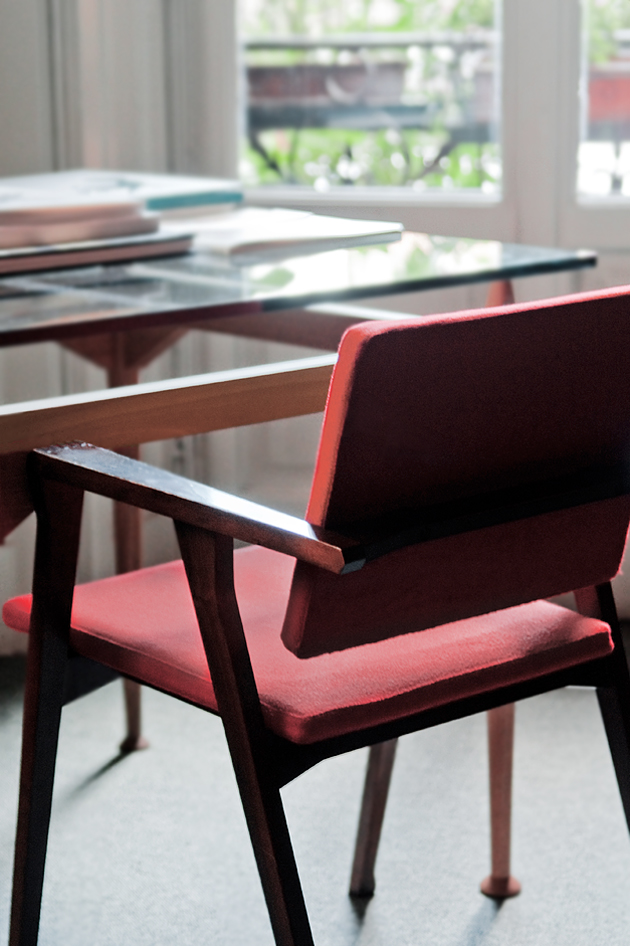
Fondazione Franco Albini is open on weekdays, by appointment.
Agota Lukytė